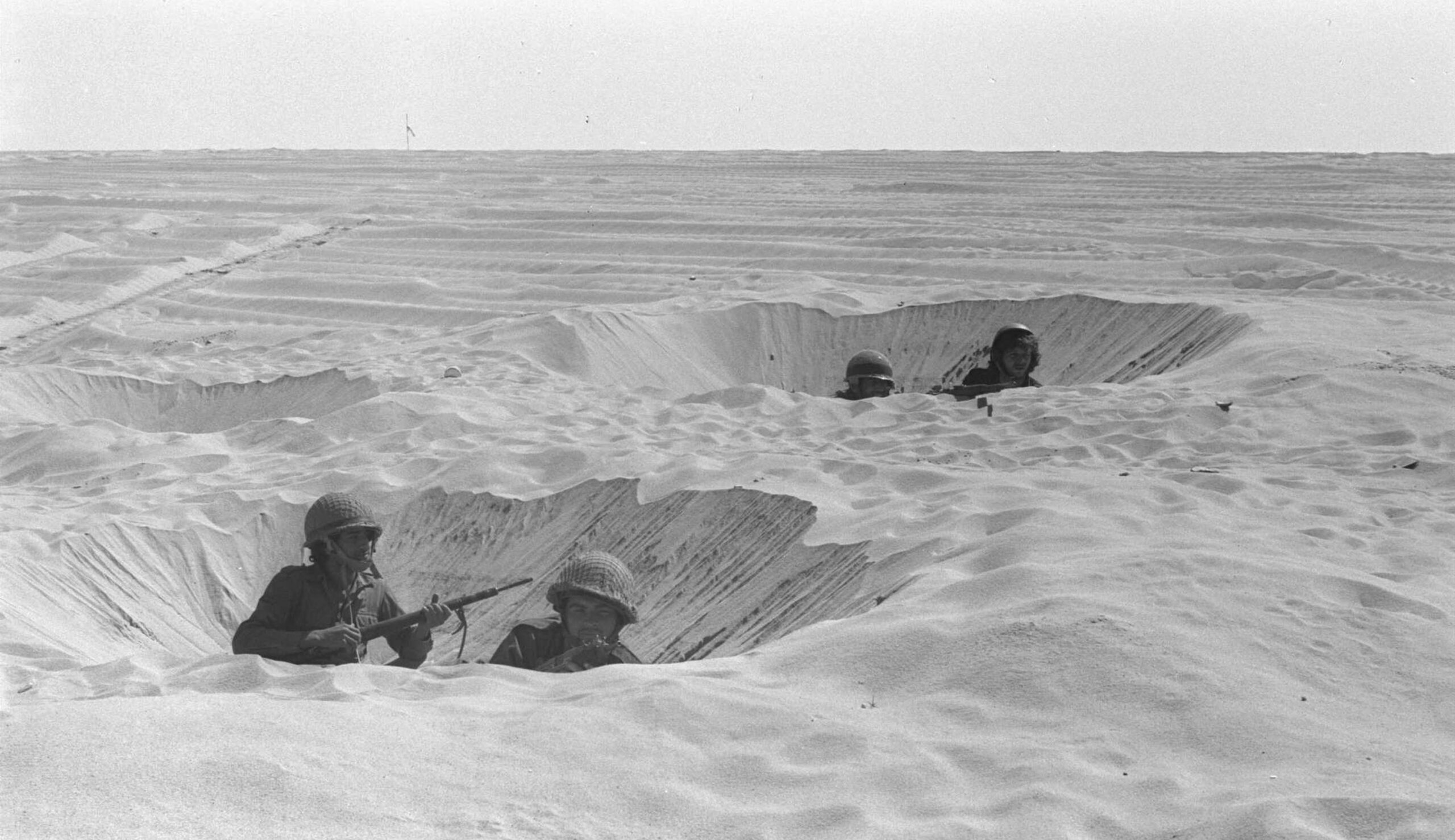While American diplomats in Turtle Bay were busy over the last few days finding acceptable ways to use the United Nations to pressure Israel into handing Hamas a victory, a major terrorist attack took place just outside Moscow, leaving over 130 dead and roughly the same number wounded. Islamic State (IS), which claimed responsibility, appears to have carried out the attack. Ahmed Charai comments:
IS has risen from the dead. Consider the “Annual Threat Assessment of the U.S. Intelligence Community,” made public on February 5 by the director of national intelligence. According to this report, IS remains a centrally controlled organization with global reach, even after missile and drone strikes have depleted its leadership ranks and it has been forced to rely on local affiliates to launch attacks.
Even in its weakened state, it is determined to kill civilians in Russia and in NATO countries. The U.S. report pointed to IS-Khorasan as a terror group seeking to increase its attacks against foreign interests in Afghanistan as a way of testing the Taliban’s hold on that contested land. Next, [this group] will attack American and Western interests beyond Afghanistan.
Jihadist terrorism remains a top threat. . . . To date, the West has done too little to subdue it. The repeated beheadings of IS and al-Qaeda leadership by drone strikes has not shattered these groups, which countered by dispersing their forces. IS has reduced its footprint in Iraq and Syria, but its subsidiaries in the Saharan borderlands and across Asia still kill and maim innocents.


